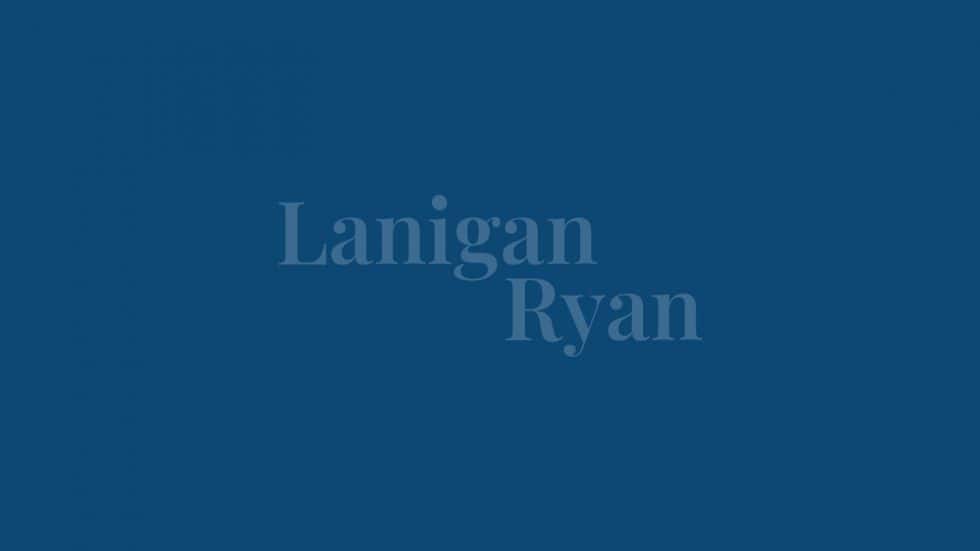You should review your Fringe Benefits to see what you might be missing…
A business can offer many things as fringe benefits. So it’s a good idea to occasionally review the possibilities to see whether you might be missing something that could help you attract and retain the best employees.
Two broad categories that are generally deductible by the employer and tax-free to employees are:
1. Working-condition fringe benefits. These are expenses that, if employees had paid them, they could have deducted on their personal tax returns. Examples include employer-paid subscriptions to business periodicals or websites and employer expenditures for some types of on-the-job training.
2. De minimis fringe benefits. Included here is any employer-provided property or service that has a value so small in relation to the frequency with which it’s provided that accounting for it is “unreasonable or administratively impracticable,” according to the IRS. Some examples of these items are group meals; occasional coffee, doughnuts or soft drinks; and permission to make occasional local telephone calls.
Also worth looking into are qualified transportation fringe benefits. These include covering expenditures (up to certain limits) related to commuter transportation, such as mass transit, van pooling, parking and bicycling.
Bear in mind that various rules must be followed to ensure the tax-advantaged treatment of fringe benefits. And that’s where we come in. Please contact us for help not only choosing the right offerings for your size and type of business, but also ensuring that the tax consequences will be what you expect.



